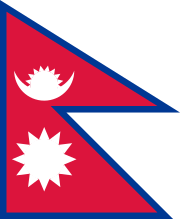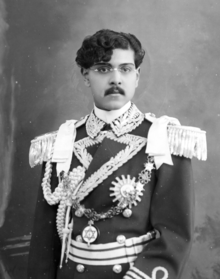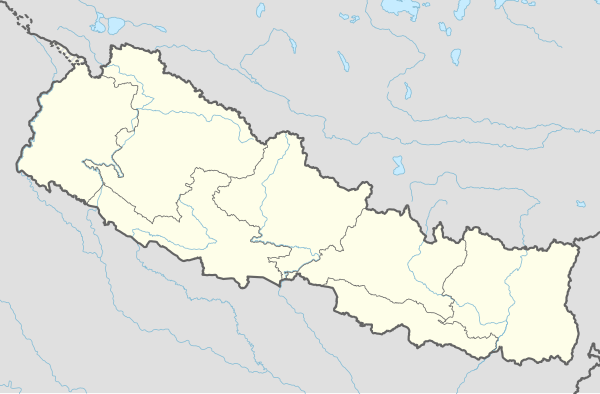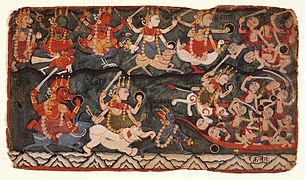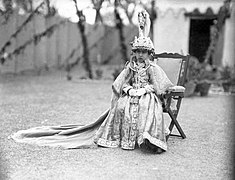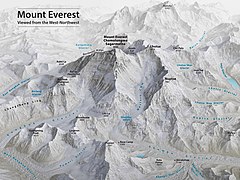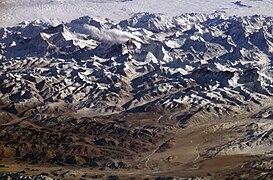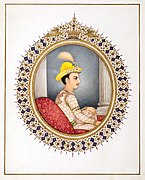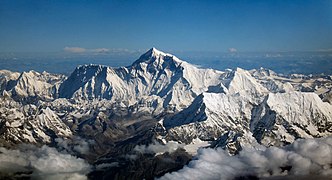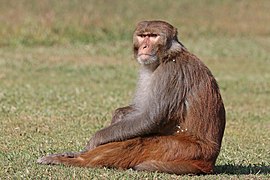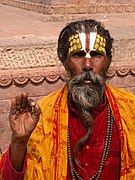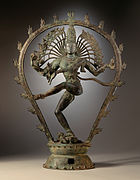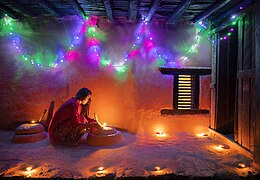स्वागतम् / Welcome to the Nepal Portal
|
List of Good articles
|
|---|
Selected picture -

Categories
Selected biography -
Selected fare or cuisine -
List of fare/cuisine articles
|
|---|
Did you know -
- Nepali flag is the only flag in the world which is triangular in shape.
- The word Himalaya means the home or abode of snow.
- The geological age of the Himalaya is approximately 70 million years.
Wiki Loves Nepal




|
Wiki Loves Earth is an international photographic competition to promote natural heritage sites around the World through Wikimedia projects (mainly Wikipedia and Wikimedia Commons).
- 2018 • 2017 • 2016 • 2015 • 2014 • More information • Main category page

Wiki Loves Monuments is an international photographic competition to promote cultural monuments around the World through Wikimedia projects (mainly Wikipedia and Wikimedia Commons.
- 2017 • 2016 • 2015 • 2014 • 2013 • More information • Main category page
Provinces
Topics
Related portals
Indian Subcontinent
Other countries
Recognized content
Associated Wikimedia
The following Wikimedia Foundation sister projects provide more on this subject:
-
Commons
Free media repository -
Wikibooks
Free textbooks and manuals -
Wikidata
Free knowledge base -
Wikinews
Free-content news -
Wikiquote
Collection of quotations -
Wikisource
Free-content library -
Wikiversity
Free learning tools -
Wikivoyage
Free travel guide -
Wiktionary
Dictionary and thesaurus


